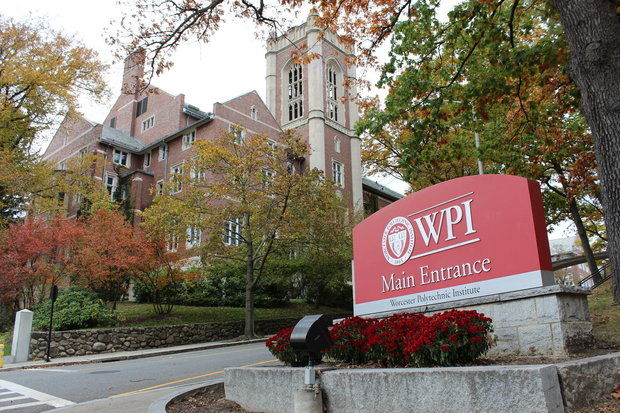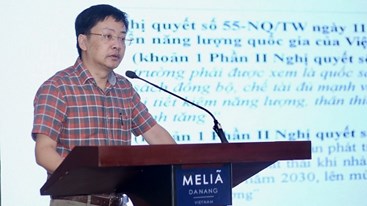Thursday, 02/05/2024 | 23:47 GMT+7
Three city colleges are on schedule to save more than $1 million in annual energy costs through an initiative started four years ago, according to a news release from the College of the Holy Cross.
Holy Cross, Clark University and Worcester Polytechnic Institute's program called SynergE Worcester, which was developed by the colleges with National Grid and GreenerU, is on track to save roughly $5 to $6 million in energy savings over the next five years by reducing greenhouse gas emissions.
The colleges together invested more than $6.2 million to conduct energy efficient upgrades through the program. A National Grid incentive program designed to reduce carbon emissions and install energy conservation methods, the news release said, assisted the institutions.
The use of electricity in 66 college buildings is also monitored in the initiative.
"National Grid has a long history of working with the city of Worcester and its colleges and universities through our award-winning energy efficiency programs," said Marcy Reed, president of National Grid in Massachusetts. "SynergE Worcester has provided a great opportunity to try new ways of saving energy on the Clark, Holy Cross and WPI campuses, often utilizing comprehensive, building-wide energy efficiency approaches."

According to David Angel, president of Clark University, his institution wanted to reduce energy use and carbon emissions, but also add an opportunity for students to be involved.
The SynergE Worcester program will continue until the end of 2015. The colleges hope more energy saving measures can be installed through the savings being gained. Projections show the program could reduce greenhouse gas emissions by 22,300 metric tons. It equals what would be burned through 24,000 tons of coal, the news release said.
"Our students developed some very creative sustainability and behavior change projects which enhanced the sustainability culture on our campus while saving energy and reducing carbon emissions," said Holy Cross' chief facilities officer, Scott Merrill. "We also appreciated the program's emphasis on extensive, ongoing building monitoring in which electricity use is tracked in key buildings. Monitoring is being carried out in 29 buildings on our campus, providing benchmarking and insight into building operations."
Over at WPI, the Gateway Life Sciences Bioengineering Center has showed the energy savings methods at the college. Jeff Solomon, the executive vice president/CFO at WPI, said the building had reduced electricity use by 33 percent.
GreenerU, located in Watertown and founded in 2009, works with colleges and universities to provide energy saving solutions. Part of their work involves teaching changes in energy use behaviors.
"A distinctive aspect of the program is that we integrated energy efficiency measures with campus-wide behavior change and stakeholder engagement, including the students," said GreenerU's vice president of operations, Kailash Viswanathan. "This approach results in greater energy cost savings, provides learning opportunities for the campus community regarding energy efficiency, and demonstrates the colleges' commitment to environmental stewardship. The schools are often able to address deferred maintenance issues as well."
Anh Tuan


.png?w=367&h=206&mode=crop)
.jpg?w=367&h=206&mode=crop)



